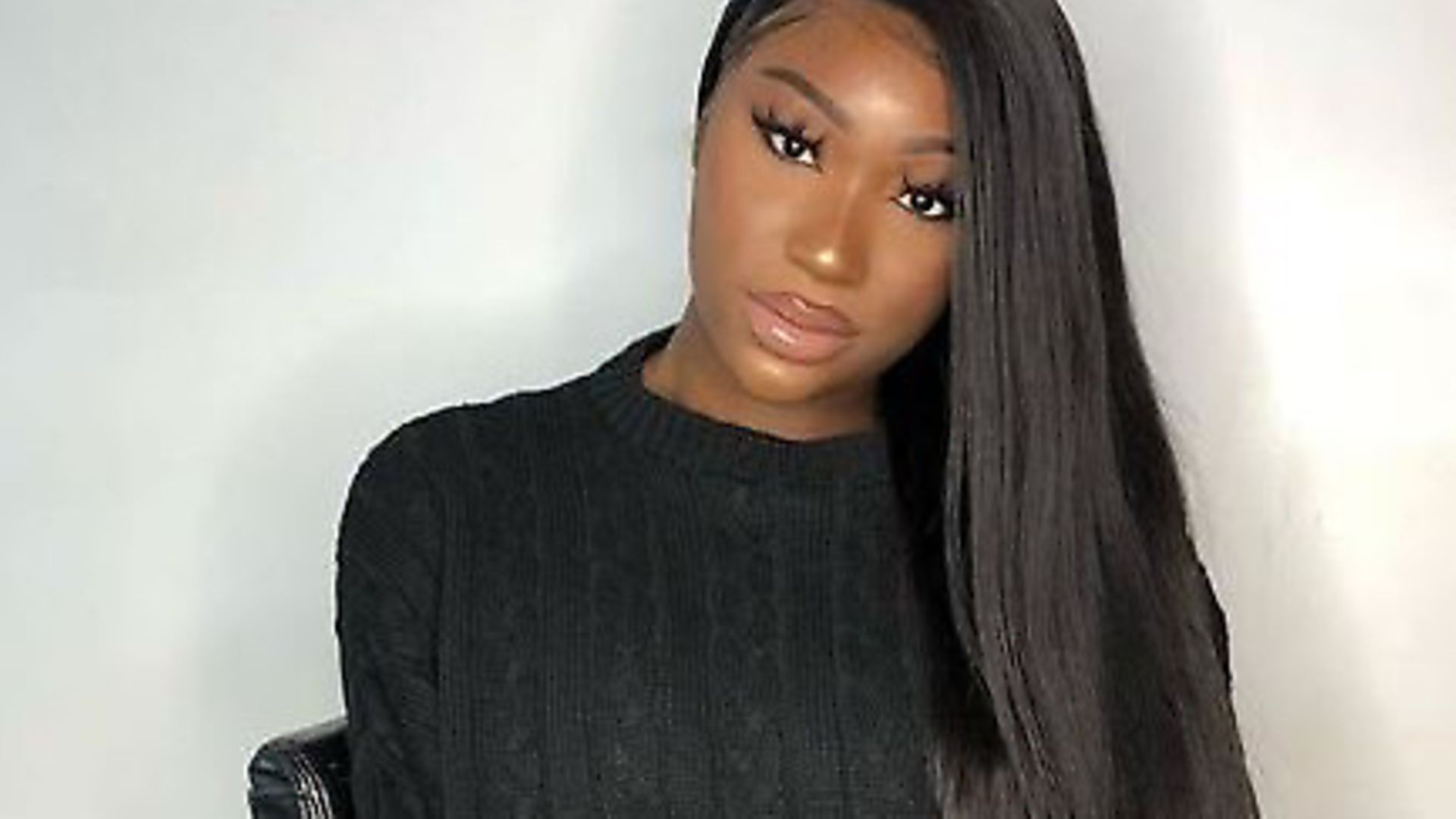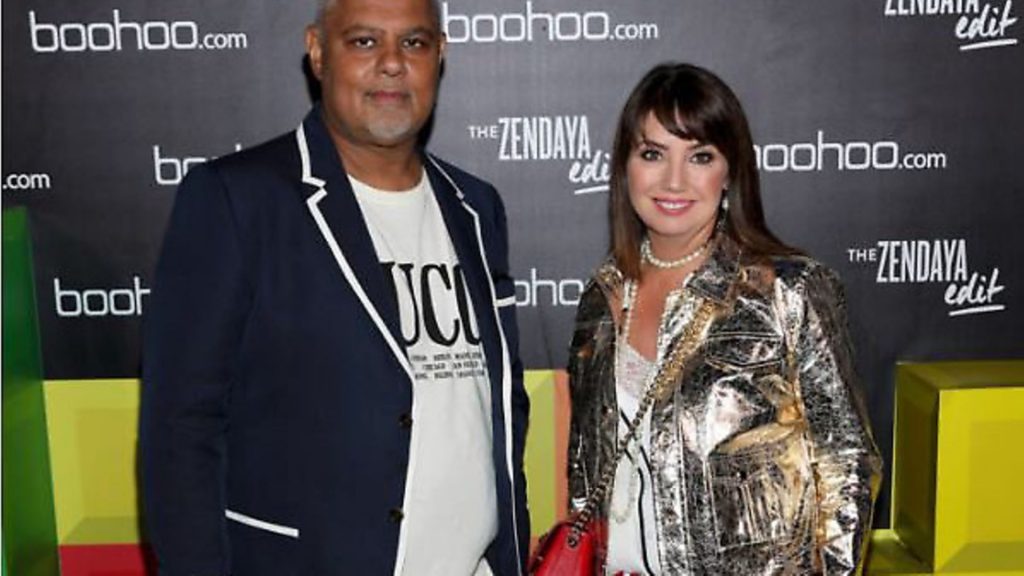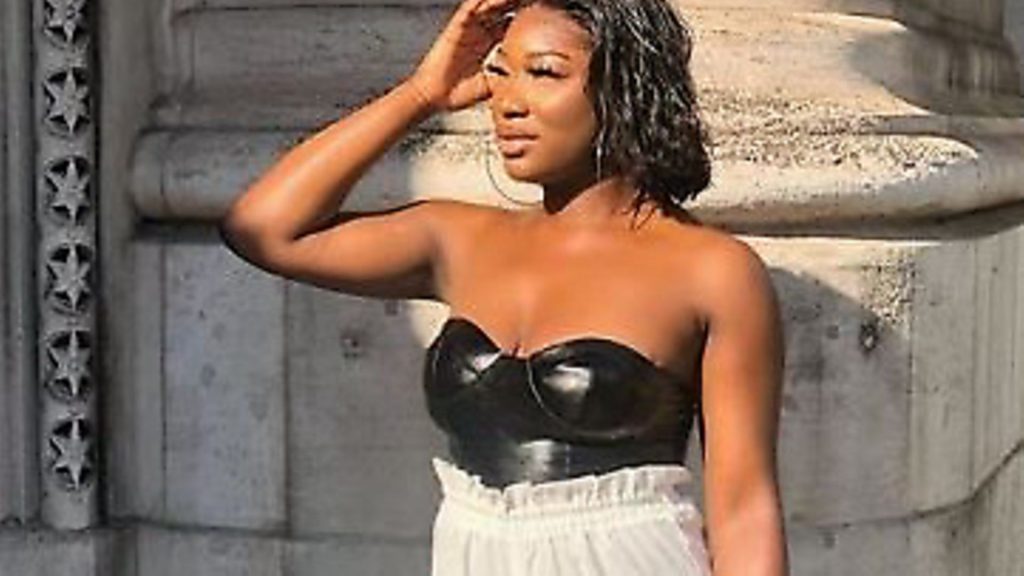
TANYARADZWA NYENWA on the story behind the firm bucking gloomy retail trends in spectacular style – and the awkward questions it raises.

Funke Tijani is 21 years old and has more than 28,000 followers on Instagram. Five months ago, she received a direct message from the fast-fashion giant, Boohoo. “They said they liked my feed and thought I’d be a good ambassador for them.” They invited her to a smart hotel, gave her an induction to the brand, and told her “what would be expected” of her.
She signed a six-month contract. “My main role is to get the Boohoo brand out there. My campaign this month, Queens On Campus, is for university students. I just have to inspire them with my posts to buy the clothes.” In a recent picture on her feed, she wears a dark grey cropped jumper and stands with her head tilted with a slight smirk. The caption reads: “Postedddd” and offers her followers a 25 per cent discount on their next shop using the code “FUNKE25”. It has more than 6,500 likes. “Wowww lips on fleek, hair on fleek, body on fleek… what’s next?” one user commented. In another picture, Funke wears a trademark fitted satin dress and a pair of clear heeled pumps – another bestseller.
Herein lies the power of Boohoo. It has masterfully harnessed the very millennial – and very commercially potent – mix of influencer culture and social media.
Selling glamorous clothing and beauty products for as little as £1, the company unveiled its results for the first half of the financial year last week, posting a staggering 43% increase in revenues. It is expected to break £1 billion in sales in the next quarter, outstripping its own forecasts and overtaking its biggest inspiration (and rival) Asos.

Where high street retailers are ailing, Boohoo – which also owns the popular labels Miss Pap, Nasty Gal, PrettyLittleThing and BoohooMan – has embarked on a ubiquitous and expensive marketing campaign.
It is thought to have spent around £80 million on celebrity endorsements in the last year, partnering with Paris Hilton, Kylie Jenner, and models Ashley Graham and Hailey Bieber. And it’s paying off: this year, total sales are at £857 million, a stratospheric rise for a company that, if the fairytale is to be believed, began life as a market stall in Manchester.
Boohoo was founded in 2006 by Mahmud Kamani, a Manchester businessman working for his family’s textile business, and Carol Kane, a senior designer at the Kamani family’s company Pinstripe. Early on, Kamani and Kane recognised the burgeoning power of the internet. Asos, which launched in 2000, had just reported a 39% increase in sales, and the business partners emulated the model, bypassing retailers and selling directly to their target market of fashion-conscious young women who were beginning to live out more of their lives online.
But unlike Asos, Boohoo can move faster. Around half of its products are manufactured in the UK, and the Kamani business owns many of the suppliers feeding its fashion. Where other brands work to a lead time of around 6-9 months on average, Boohoo’s brands can reportedly release a new line of clothing – from design to sale – within two weeks. In comparison, Asos aggregates almost 900 brands, so if Nike takes four months to respond to the latest shoe trend, so does Asos.

Speed is of the essence, and feeding the “see now, buy now” impulse that has grown voraciously among young 16-30-year-olds is at the heart of Boohoo’s success. Andreas Inderst, a senior research analyst at Macquarie, said: “Consumers not only research online, they also spend more online. This has dramatically changed the whole industry, Boohoo has found a way to facilitate demand.”
In 2016, Boohoo Group PLC bought a controlling stake in PrettyLittleThing, a label started by Kamani’s sons Umar, Adam and Samir, who are now often pictured partying with the Kardashians and flying in private jets.
The same year, BoohooMAN was launched, garnering an estimated 500,000 site visitors in the first month of its launch, partnering with rappers and musicians for influencer promotion. A year later, sales had increased by 106%, upturning assumptions men were reluctant online fashion shoppers.
In March, Boohoo acquired MissPap, another Manchester-based label, and in the US, it took ownership of Nasty Gal in 2017, founded by the former eBay star seller Sophia Amoruso, for $20 million (£15.6 million). It has also acquired British high-street brands Karen Millen and Coast, which John Lyttle, the former Primark boss who is now Boohoo’s chief executive, said would extend the brand’s appeal, bringing in an older demographic that may be willing to spend more. The company is now worth £3.3 billion.

But if speed is the engine of its financial growth, influencer culture is the rocket fuel. “You’ve got lots of brand ambassadors posting frequently, you can see that it’s what is driving people to their page. They really benefit from influencers,” said Funke Tijani.
In the UK, this has been largely driven by the unprecedentedly popular (and controversial) Love Island, the summer TV show that despatches 10 hot young singles in search of true love to a villa in Majorca. ‘Islanders’, as they’re known, wear tiny bikinis and glamorous evening dresses from Boohoo’s staple of brands for much of the show’s eight-week run, and as the series has progressed, to follow Love Island on ITV or social media is to be bombarded with “get the look now” advertising.
Soon after leaving the villa, contestants Maura Higgins and India Reynolds both announced lucrative deals with Boohoo; the runner-up, Molly-Mae Hague, signed with PrettyLittleThing for £500,000; and winner Amber Gill signed the biggest clothing deal in the show’s history – £1 million to promote MissPap. “Oh hey it’s just me your NEW MISSPAP babe,” she wrote on Instagram earlier in September. “It’s been a long-anticipated announcement by me and I’ve been dying to tell you all.”
These partnerships pay off: last year, Boohoo saw a 9% increase in the number of active customers who had shopped with them in the last 12 months, engaging seven million 16-30 year-olds and keeping them shopping. They’ve hit almost three million likes on Facebook, and more than six million on Instagram. According to its most recent financial report, sales in the UK were up 37%, while international sales grew by 64%.
But this mammoth rise of a fast-fashion giant has not been without controversy. For Alice Wilby, an expert in sustainable fashion at London’s University of the Arts, “the same generation that are being sold these cheap clothes, are the ones that may well have to suffer in the future”.
Around 300,000 tonnes of textile waste ends up in household bins every year, to be sent to landfill or incinerators. Less than 1% of the material used to produce clothing is recycled into new clothing. Consultancy groups predict that global consumption of clothing and footwear is expected to increase by 63% by 2030. “A vast majority of fast fashion clothing is made from synthetic materials, we’re polluting our oceans, killing our biodiversity and polluting our atmosphere and it’s costing us.”
Boohoo and its rival Missguided were named two of the least sustainable fashion brands in the UK in a report published by the Environmental Audit Committee (EAC) in February. There is a cost, it turns out, to selling a reported 50 dresses per minute. The scale is staggering: Boohoo adds 1,000 new items to its website per week, another 1,000 on PrettyLitteThing, around 500 on NastyGal and another 300 on BoohooMan.
More broadly, the UK buys more clothes per person than any other country in Europe, and parliament’s EAC has been investigating the impact of such voracious production. On the release of its recent report, the committee’s chair, Mary Creagh, said: “Behind the perfect Instagram profiles and the pristine shop fronts of our fashion retailers the reality is shocking. Illegally low pay, the use of child labour, prison labour, forced labour and bonded labour in the global garment supply chain.”
In the face of criticism, Boohoo launched its first recycled fashion collection in June, reportedly made using 95% recycled polyester and 5% elastin, created from plastic directed away from landfill and repurposed to produce new yarn. “The aim of the collection was to not to compromise on style, as is often the case with recycled collections,” but to bring customers “key pieces that you would not even realise are made from recycled material.”
Wilby recognises this as a step forward but is concerned it won’t be enough. “The business model is the problem, it’s like changing the software when the whole operating system is broken,” she said.
But as long as Boohoo continues to stay on-trend, it is unlikely to stumble in its sprint to satisfy young consumers. Funke agrees. “They’re a really renowned brand. I’ve got friends who have also worked with them and they’ve said the same. They’re great to work with and they send me clothes which I love.”
– This story was first published by Tortoise. Copyright Tortoise 2019. To read more slow journalism from Tortoise, become a member for £50 instead of £250 at tortoisemedia.com/friend and use the code “TNE50”. Or, get 13 weeks of The New European and one year’s Tortoise membership, all for just £25.









